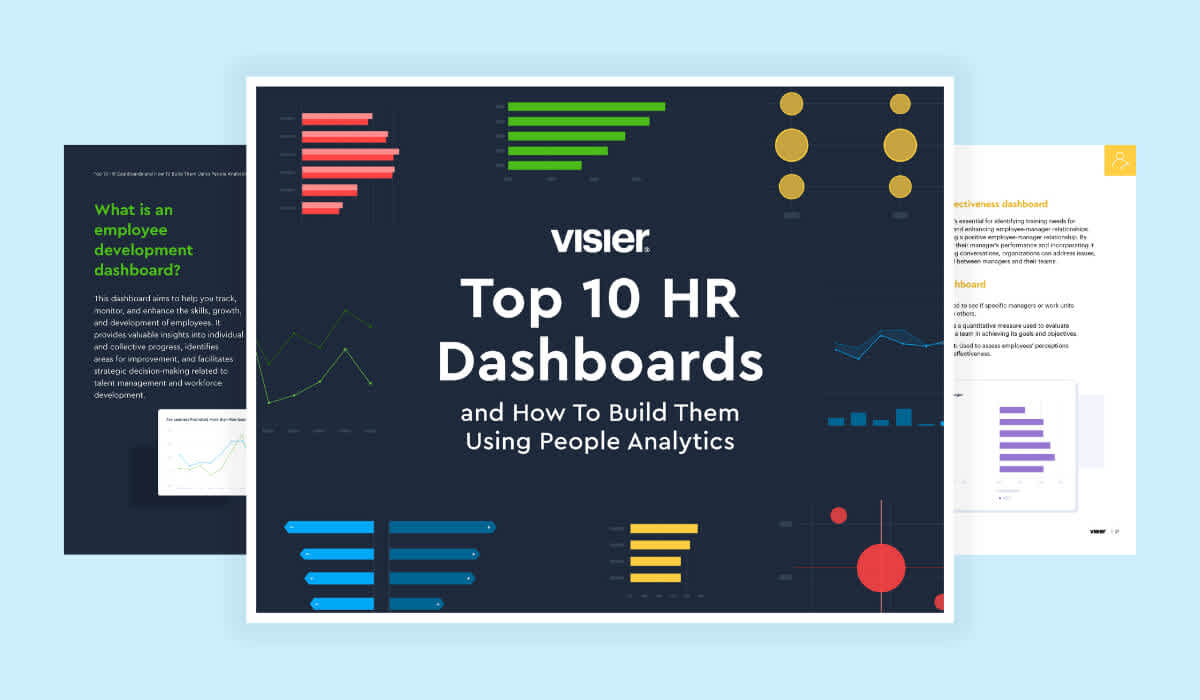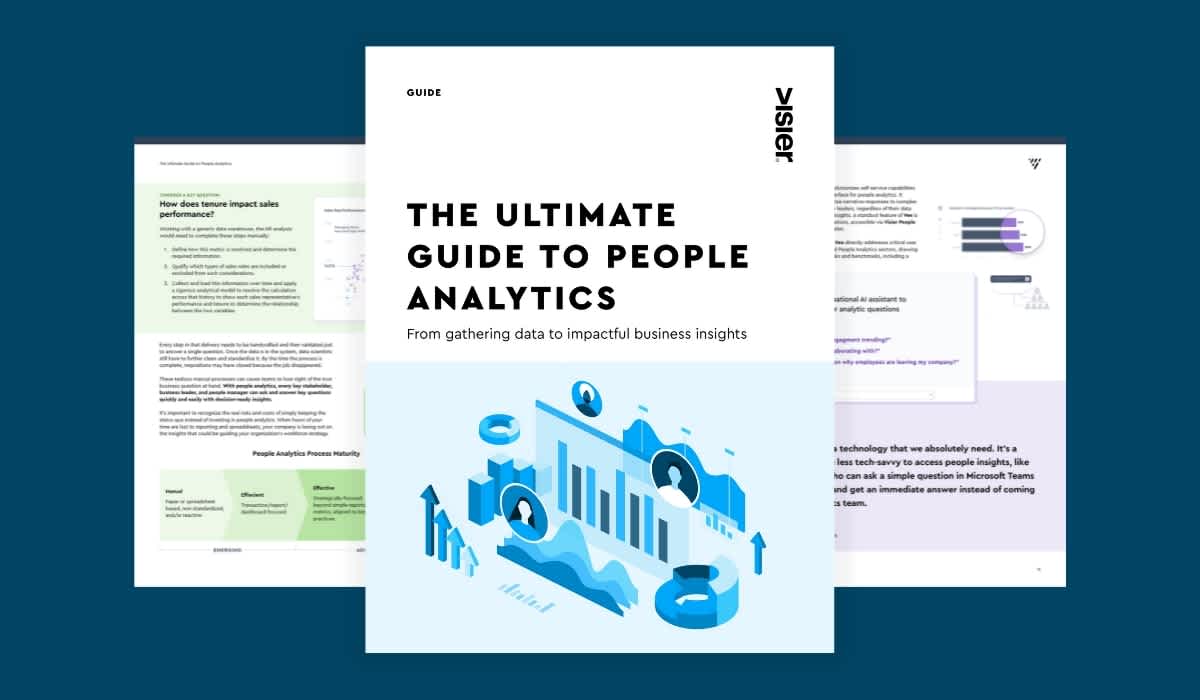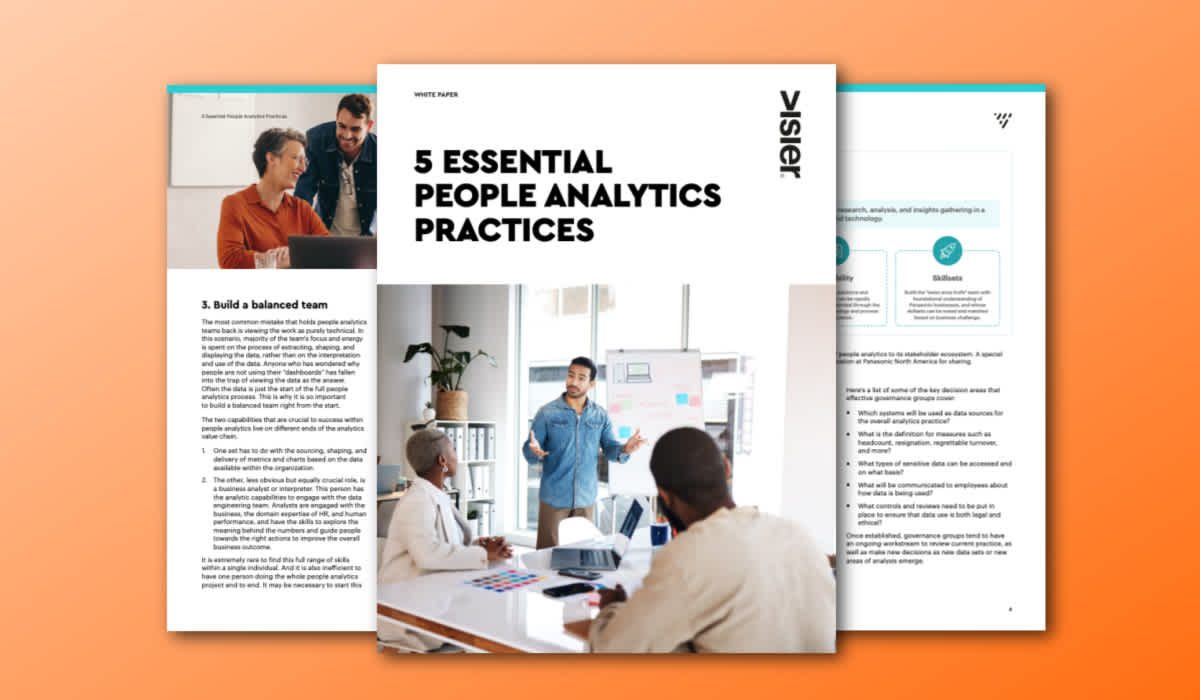How to Use People Analytics to Manage Employee Relations
People analytics transforms employee relations practices. Learn how to leverage data for improved visibility, trend analysis, and risk mitigation in HR case management.

Human capital represents a significant investment for organizations. Labor costs alone can account for up to 70% of a business's total costs. Effective employee relations and case management not only help companies retain top talent, but also keep all talent engaged and productive.
Organizations often struggle to get visibility into current employee relations cases, despite having dedicated software to provide them with data and analytics, putting them at risk of reduced employee trust and engagement, higher turnover rates, decreased productivity, and difficulty in identifying trends that could lead to better decisions.
People analytics ingest and transform HR data and organizational data into actionable insights, giving organizations the necessary visibility to analyze employee relations cases and make data-driven decisions that can improve employee experience, enhance retention, and mitigate legal risks.
In this article, we explain how organizations can use people analytics to manage employee relations cases and share four examples.

What is employee relations?
Employee relations is a broad term that encompasses all business actions that impact the employee experience. According to the Academy to Innovate HR (AIHR), employee relations is “the management of the relationship between employers and employees.” They add that “employee relations cover the contractual, practical, as well as physical, and emotional dimensions of the employee-employer relationship.”
Data can help to inform and improve that relationship, but visibility into that data is critical. With limited visibility into the impacts on employee engagement, productivity, and turnover, companies face risks and missed opportunities including decreased employee morale, increased turnover, and legal issues.
With access to the right, reliable data, organizations can resolve issues proactively, improve resource planning, and enhance employee engagement.
Key benefits of using people analytics for employee relations case management
HR teams can use people analytics to analyze employee relations case data to identify trends, measure outcomes, and make informed decisions. Three key benefits of using people analytics are:
Improved visibility into employee cases
Understand how case trends impact business outcomes
Mitigate legal risks
1. Improved visibility and proactive issue identification
Imagine if you could identify problems in advance and take proactive steps to avert them. HR teams can use predictive HR analytics to identify potential employee relations issues before they escalate. With increased visibility, HR teams can quickly identify departments or locations with high case volumes, understand the types of cases most frequently filed, and measure the effectiveness of case resolution processes. Making proactive, data-driven decisions can help improve diversity and inclusion, identify engagement issues, uncover compensation disparities, and detect burnout risks.
2. Understand how case trends impact business outcomes
People analytics helps HR teams connect the dots between employee relations cases and key business outcomes like engagement and turnover. By tracking case trends, organizations can identify patterns and root causes of issues.
Are certain factors consistently leading to dissatisfaction or stress? Is there a particular location or department with a higher rate of open cases? Which types of issues keep coming back? Understanding employee relations cases from multiple angles can provide clearer visibility into case volume, progression, and time to resolution. Armed with these insights, you can craft targeted strategies to manage cases and boost employee experience.
3. Mitigate legal risks
People analytics provide the necessary visibility and data to keep tabs on both the volume and severity of cases, so you can quickly spot sensitive issues like workplace harassment or discrimination. This visibility isn't just good practice—it's essential for staying on the right side of labor laws and regulations. By tracking cases closely, you can catch potential compliance issues early and take swift action.
These are just a few examples of how people analytics can be used to manage the broad range of issues that impact employee relations. Consider the employee relations questions you could use people analytics to answer to identify the use cases that might provide the most value for your organization.

4 employee relations questions HR teams can answer with people analytics
1. Which departments have the most employee relations cases?

A people analytics data visualization showing the breakdown of new employee relations by department.
Aggregating and analyzing case data across the organization can provide insights into higher- and lower-performing areas of the organization, pointing to potential best practice insights and opportunities for improvement.
Organizations with higher case volumes may need additional staff, coaching, training, or education to help better manage workloads and engagement. Areas with disproportionately higher case levels may indicate the need for policy adjustments or changes, targeted interventions, or additional training.
2. Do groups with more employee relations cases have higher exit rates?
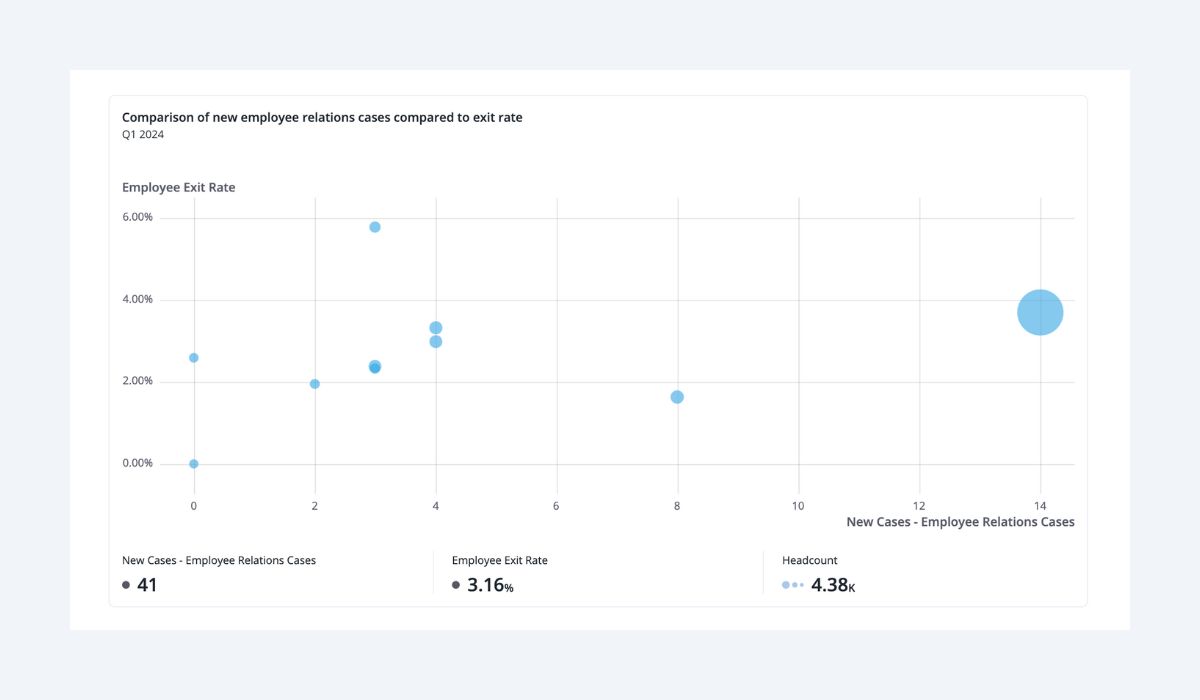
A people analytics data visualization showing a comparison of new employee relations cases and exit rate.
How do employee relations cases impact turnover? People analytics can help you find the answers. Higher numbers of employee relations cases can correlate with increased exit rates. But, as Harvard Business Review cautions, correlation doesn’t always imply causation. Other factors may be at work. People analytics can provide insights into the types of cases most strongly associated with turnover in different groups. Predictive models can be developed to forecast these risks leading to early intervention that can head off downstream issues.
3. Does span of control impact the number of employee relations cases filed?
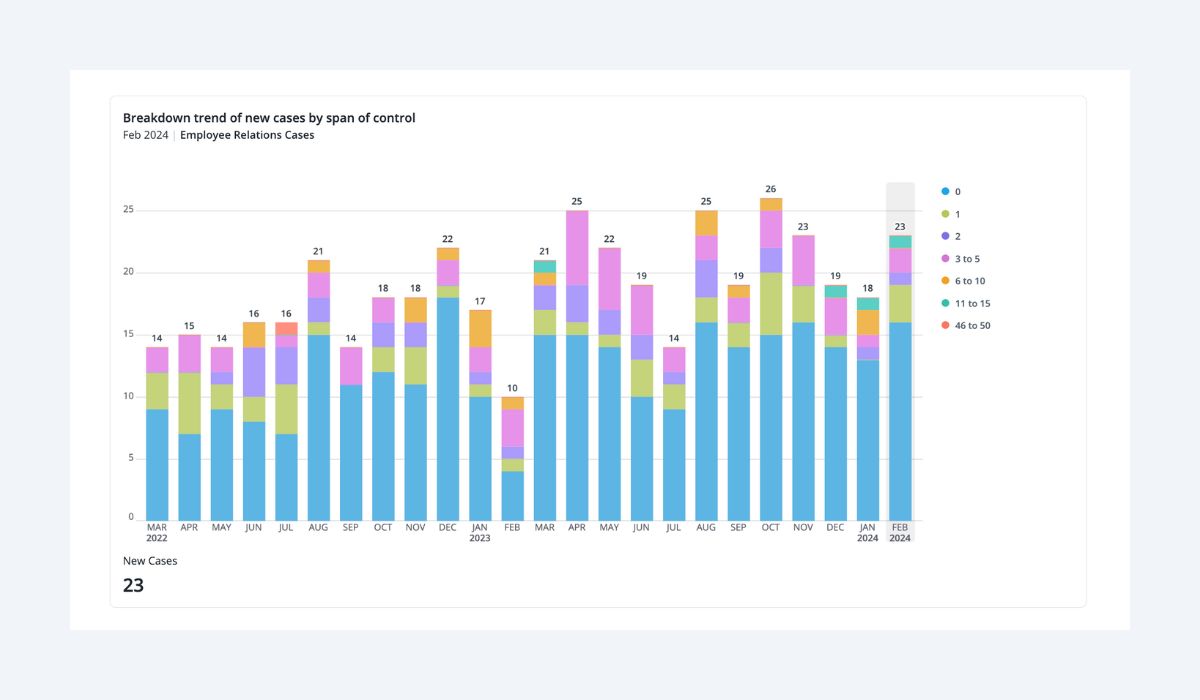
A people analytics data visualization showing the breakdown of new employee relations cases by span of control.
A wider span of control often correlates to more employee relations cases because managers with larger teams may be challenged to provide individualized attention and interactions with staff members. Analytics can help determine the optimum span of control for different types of work or functions, helping to lower case incidences. This can help HR leaders optimize span of control to boost employee engagement and satisfaction.
4. How long do employee relations cases take to close by tier?

A people analytics data visualization showing the trend of the number days to close employee relations cases by tier.
The complexity of employee relations cases varies. Grouping them into tiers can help drive more relevant and specific insights. Visier can provide clear visibility into case volumes, progression, and resolution times. This data can help to streamline case management processes and improve efficiencies. Tracking changes in case closure times can reveal best practice insights as well as areas that may require intervention to minimize risks and maximize resource optimization.
The world and work of HR teams have been massively impacted by rapid advancements in technology. Technology can help companies correlate data across different areas of the organization, employee demographics, and other factors to optimize resource allocation, enhance compliance, and drive better strategic decisions. Using analytics to help answer key employee relations questions doesn’t just help organizations stay compliant—its critical in making smarter decisions that drive real value. Using people analytics, you'll get clear answers to your toughest employee relations questions so you can make strategic decisions quickly and drive more effective HR strategies.

